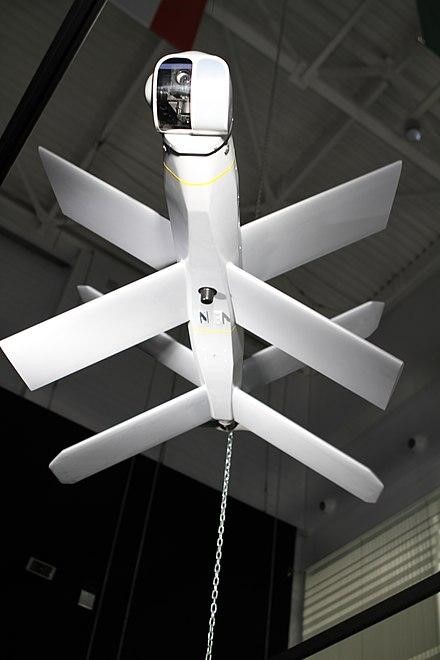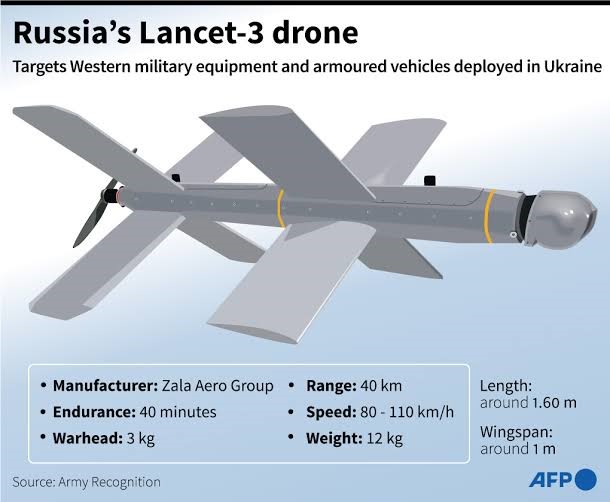Free Courses Sale ends Soon, Get It Now


Free Courses Sale ends Soon, Get It Now



Disclaimer: Copyright infringement not intended
Context: Ukrainian forces say Moscow is bombing its regions with Lancet drones.
The ZALA Lancet
Specifications

Importance of the Lancet drones
The Russo-Ukrainian War
Timeline of The Russo-Ukrainian War
|
April 2013 |
Euromaidan or the Maidan Uprising was a wave of demonstrations and civil unrest in Ukraine, which began with large protests in Maidan Nezalezhnosti (Independence Square) in Kyiv. The protests were the result of President Viktor Yanukovych's sudden decision not to sign the European Union–Ukraine Association Agreement, instead choosing closer ties to Russia and the Eurasian Economic Union. |
|
Early 2014 |
The Euromaidan protests led to the Revolution of Dignity and the ousting of Ukraine's pro-Russian president Viktor Yanukovych.
|
|
April 2014 |
Russia annexed Crimea after a highly-disputed referendum.
|
|
May 2014 |
pro-Russian separatists seized government buildings in Ukraine's eastern Donbas region and proclaimed the Donetsk People's Republic (DPR) and Luhansk People's Republic (LPR) as independent states, starting the Donbas war.
|
|
February 2015 |
Russia and Ukraine signed the Minsk II agreements to end the conflict, but the agreements were never fully implemented in the years that followed.
|
|
January 2021 |
Russia built up a large military presence near its border with Ukraine, including within neighbouring Belarus.
|
|
February 2022 |
Russia recognized the DPR and LPR as independent states. |
|
September 2022 |
Russia declared the annexation of four partially-occupied regions in southern and eastern Ukraine, which was internationally unrecognised.
|
Conclusion
The war has resulted in a refugee crisis and tens of thousands of deaths. There has been continuing conflict between NATO and Russia for many years in the region. Global efforts must be put to end the war.
|
PRACTICE QUESTIONS Consider the following statements about “ZALA Lancet”:
Which of the above statements are correct?
Ans: C |
https://theprint.in/world/cheap-russian-drone-a-menace-to-ukrainian-troops-and-equipment/1645796/
© 2024 iasgyan. All right reserved